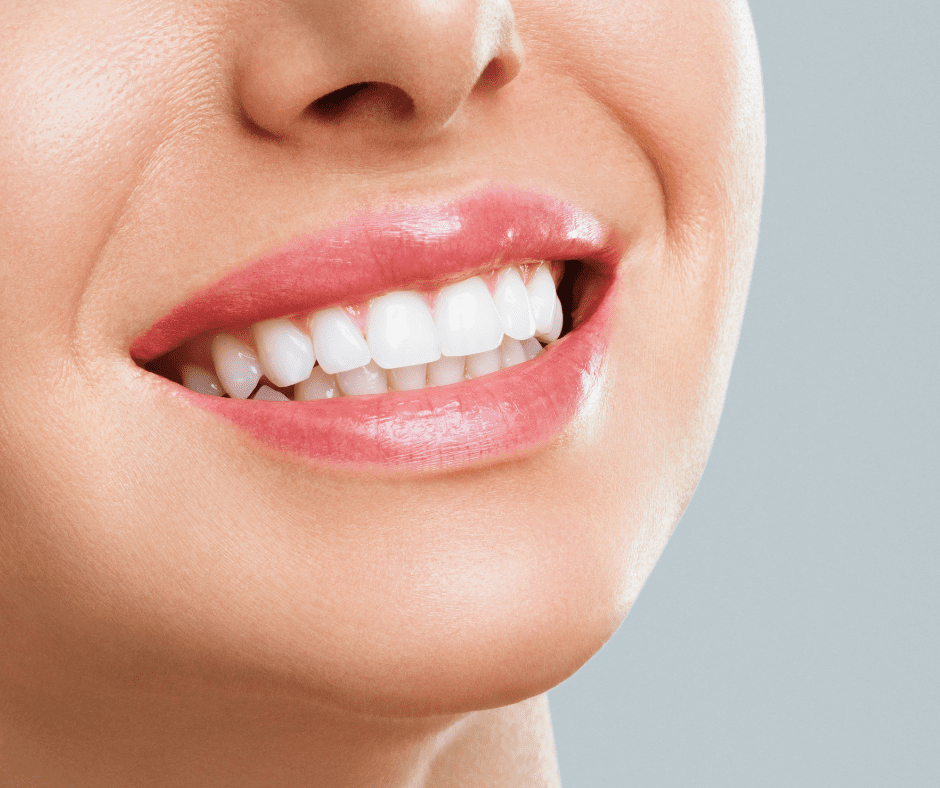Have you ever wondered how the quest for a brighter smile has evolved over the centuries? The historical evolution of dental whitening practices spans from ancient natural remedies to sophisticated modern techniques, reflecting humanity’s enduring pursuit of aesthetic perfection and oral health.
Ancient Teeth Whitening Methods
The quest for a brighter smile is far from a modern endeavor, with historical records indicating that ancient civilizations were also concerned with achieving whiter teeth. The methods employed in ancient times were vastly different from today’s advanced techniques, relying on natural substances and rudimentary tools. For instance, ancient Egyptians are known to have created a whitening paste using ground pumice stone mixed with vinegar, a testament to the lengths humans have gone to enhance their dental aesthetics. This historical fascination with dental beauty underscores the timeless desire for a radiant smile, reflecting broader societal values around health and beauty.
Interestingly, the diets of ancient peoples played a significant role in the coloration of their teeth, much like today. Foods and beverages consumed can leave stains, requiring more frequent or intensive whitening methods to maintain dental shine. This connection between diet and dental appearance is not only a modern concern but has roots stretching back through history. For more insights into how what we eat affects our teeth, consider exploring the topic further in Diet’s Impact on Tooth Discoloration and Shine. This exploration into dietary influences offers a fascinating glimpse into one of the many factors that have influenced dental aesthetics over the centuries.
Renaissance Dental Bleaching Techniques
During the Renaissance period, the pursuit of beauty and aesthetics took a prominent place in society, influencing various aspects of daily life, including dental care. This era witnessed the early attempts at dental whitening, a practice driven by the desire for a brighter smile, which was seen as a symbol of beauty and social status. Unlike modern methods that rely on advanced technology and carefully formulated products, Renaissance dental bleaching techniques were rudimentary and often involved the use of natural substances. These early practices were the precursors to the sophisticated dental whitening procedures we have today, highlighting humanity’s long-standing quest for aesthetic improvement and the importance of oral hygiene in overall appearance.
The evolution from these historical practices to contemporary dental whitening techniques underscores the significant advancements in dental care. Today, individuals seeking to enhance their smile have access to safe, effective, and professionally administered treatments. For those looking to achieve a brighter smile with the help of modern dentistry, visiting a professional can make all the difference. Smile Brighter with New Haven Dentist offers an insight into how far dental whitening practices have come since the Renaissance, providing individuals with the opportunity to achieve their desired aesthetic goals through state-of-the-art procedures.
19th Century Whitening Discoveries
The 19th century marked a pivotal era in the historical evolution of dental whitening practices, laying the groundwork for modern cosmetic dentistry. During this period, dental professionals and chemists embarked on a quest to understand the underlying causes of dental discoloration and to explore innovative solutions for enhancing the brightness of teeth. This century witnessed the initial exploration into chemical agents and their effects on tooth enamel, which would eventually lead to the development of more effective and safer whitening methodologies. The discoveries made in the 19th century set the stage for the sophisticated dental whitening techniques that are available today, highlighting a significant period of advancement in dental care and cosmetic enhancement.
Mid-20th Century Innovations
The landscape of dental whitening underwent significant transformations in the mid-20th century, marking a pivotal era in the historical evolution of dental practices. This period introduced innovative techniques and methodologies that laid the groundwork for modern cosmetic dentistry, focusing on safer, more effective ways to achieve a brighter smile. These advancements not only revolutionized how dental professionals approached teeth whitening but also significantly improved the patient experience, making dental care more accessible and appealing to a broader audience. The progress made during this time continues to influence contemporary dental practices, highlighting the importance of ongoing research and development in the field of cosmetic dentistry. For those interested in learning more about the latest advancements in dental care, New Haven Dental Center Family & Cosmetic Dentistry remains a valuable resource.
Modern Professional Whitening Evolution
The landscape of dental whitening has undergone significant transformation over the years, particularly in the realm of professional treatments. This evolution has been marked by advancements in technology and methodology, aiming to offer more effective, safer, and faster results. Modern professional whitening practices now utilize cutting-edge techniques that significantly reduce the time required for treatments, while minimizing discomfort and potential side effects. These developments have not only enhanced the efficiency of dental whitening procedures but have also improved the overall patient experience, making professional whitening a popular choice for those seeking to brighten their smiles.
Conclusion
The journey through the historical evolution of dental whitening practices reveals a fascinating blend of innovation and tradition. For more insights, call us at 260-748-3696 or read our reviews on Google Maps.
